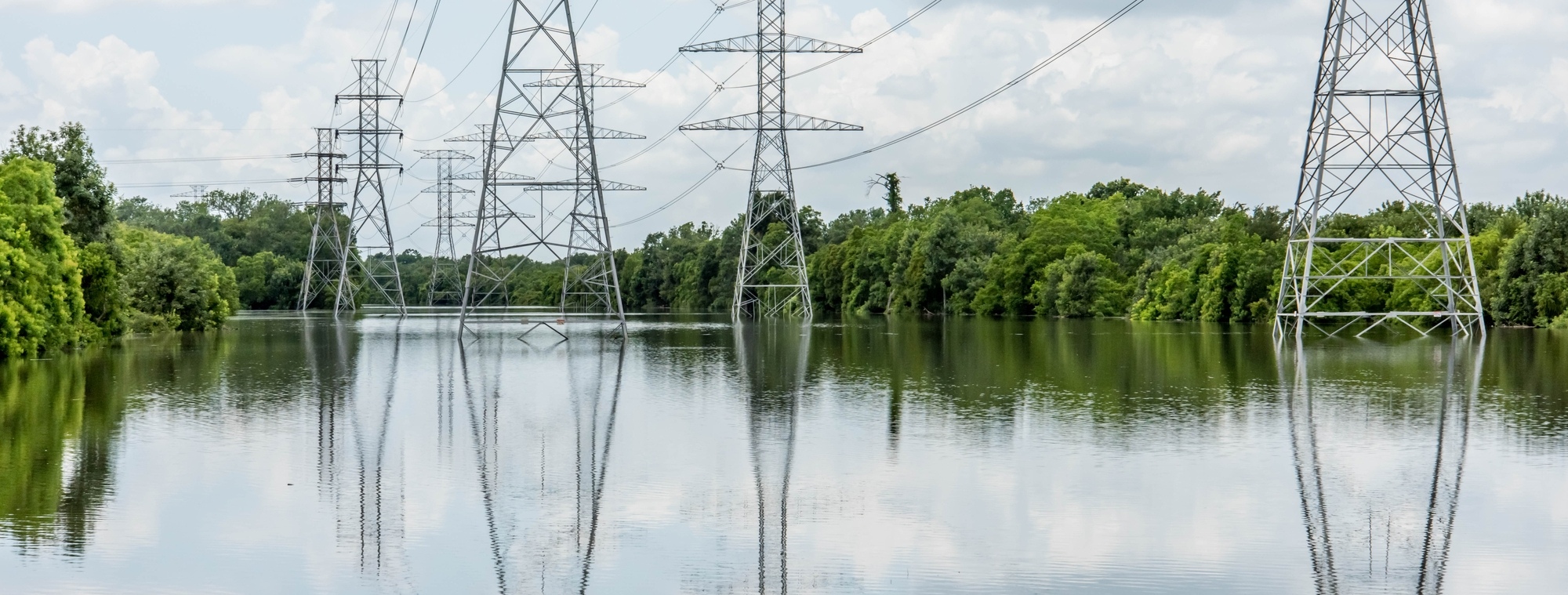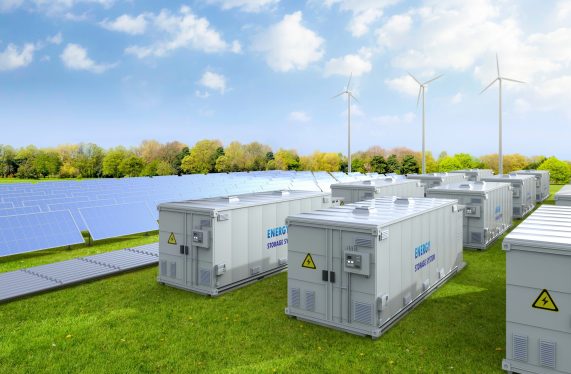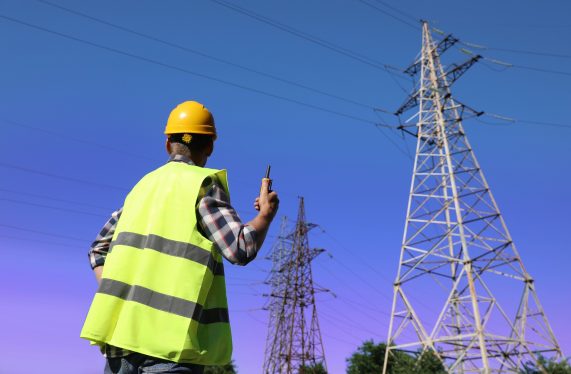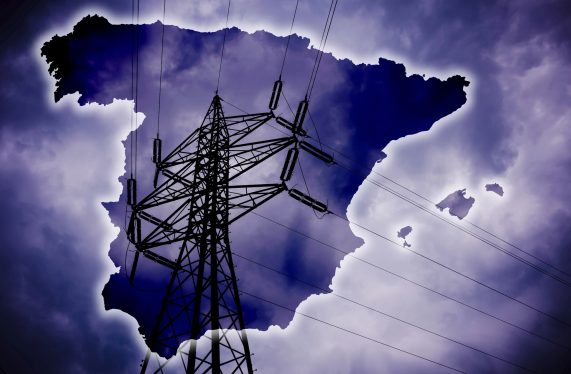Extreme weather events are testing the limits of Europe’s aging high-voltage transmission grid.
From ice-induced mechanical fatigue to windstorm-driven structural failures and heat-related sagging, the operational integrity of these critical assets is increasingly at risk.
This article synthesizes recent scientific findings to explore the vulnerabilities of high-voltage transmission lines (HVTLs) under climate extremes and outlines strategies to strengthen system resilience through monitoring, modeling, and adaptive design.
1. Ice and Snow Loads: Galloping Conductors and Structural Failures
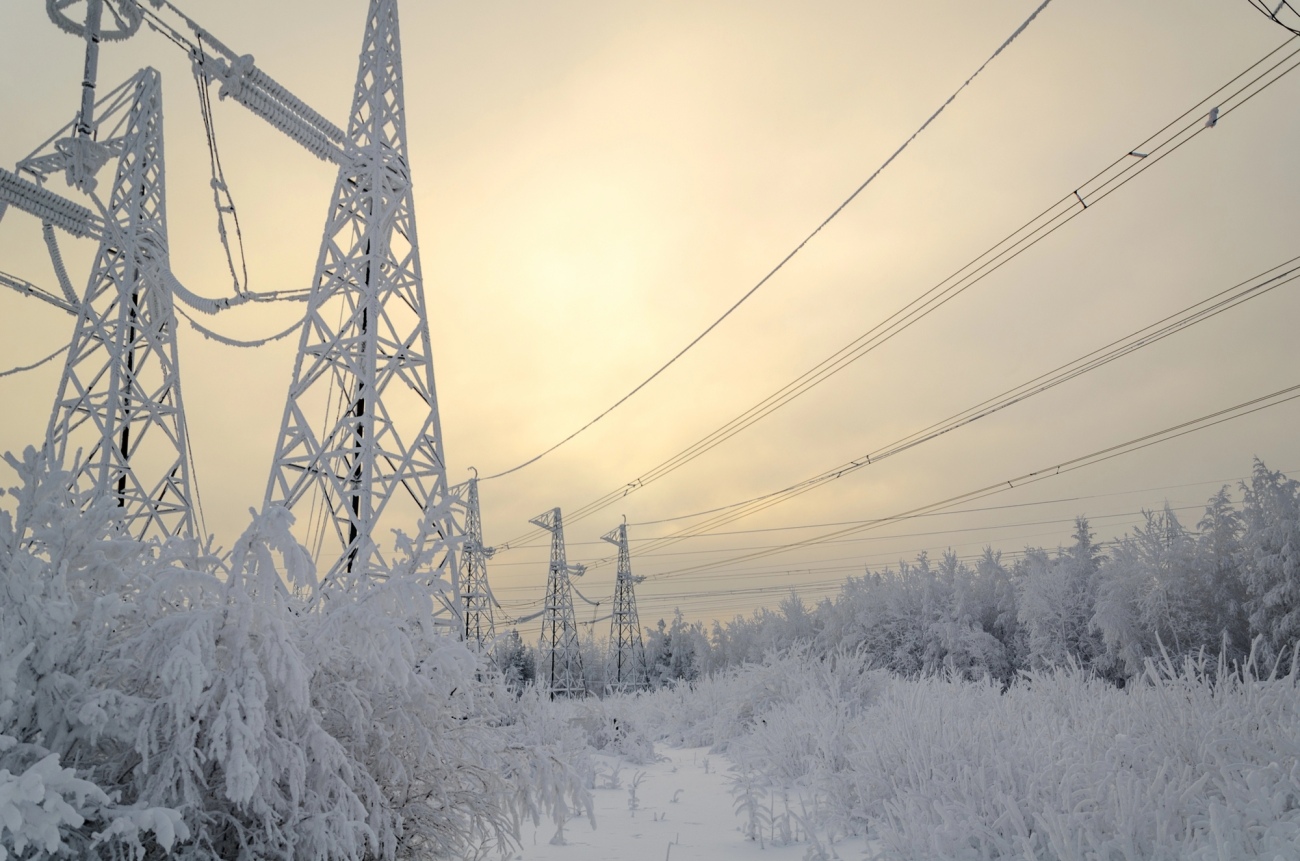
Extreme winter conditions, especially the combination of ice, snow, and high winds, pose a significant threat to the mechanical and electrical integrity of high-voltage transmission lines.
In a 2025 study titled “Transmission Line Trip Faults Under Extreme Snow and Ice Conditions: A Case Study” (Energy Informatics), researchers analyzed over a decade of fault data from Inner Mongolia.
Their findings revealed that transmission line failures doubled during severe snow and ice events, with the winter of 2022 marking the highest fault rate on record.
The study identified several failure mechanisms: conductor galloping triggered by asymmetric ice accumulation, insulator degradation under sub-zero temperatures, and structural fatigue driven by cyclic loading from wind and ice.
Quantified data in the study showed that lines with composite insulators experienced 75 % fewer insulator-related faults compared to traditional porcelain equivalents. Similarly, optimized conductors, featuring larger diameters and improved thermal properties, achieved a 60 % reduction in failure rates.
The implementation of real-time monitoring systems using temperature, wind, tension, and vibration sensors reduced fault detection and response times by around 50 %. Additionally, the combination of anti-icing coatings, vibration dampers, and mechanical de-icing resulted in a 65 % overall reduction in fault rates.
Additionally, the combination of anti-icing coatings, vibration dampers, and mechanical de-icing resulted in a 65 % overall reduction in fault rates.
The authors underscore the urgent need to update design standards to address dynamic ice loads and to adopt proactive mitigation strategies, such as AI-assisted UAV inspections and localized ice hazard mapping, particularly in transitional or mountainous regions, where such events can be rare but catastrophic.
2. Windstorms: Lessons from Finland and Beyond
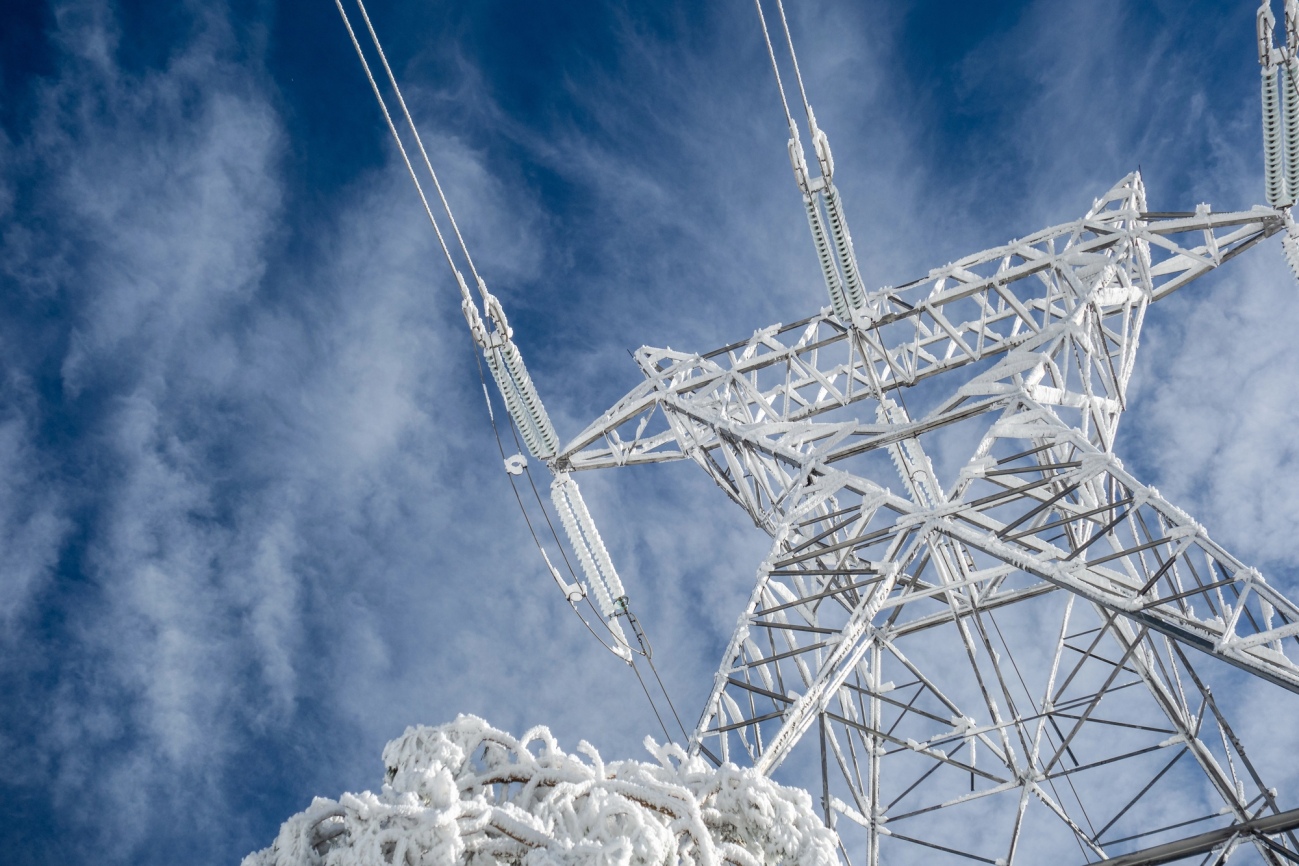
Windstorms are among the leading causes of transmission line failures in Northern Europe.
In “Classifying Extratropical Cyclones and their Impact on Finland’s Electricity Grid” (Jylhä et al., 2025), researchers analyzed 92 significant storm events from 2005 to 2018, selected based on their impact on power outages rather than meteorological thresholds.
They found that south-westerly cyclones in Finland are the most common and damaging overall, while north-westerly cyclones cause the highest average number of outages per event due to intense wind gusts and wide impact areas, especially in densely populated regions.
The study also emphasizes how seasonal and environmental conditions shape grid vulnerability.
For example, frozen soil in winter can reduce storm-related damage by preventing trees from uprooting, whereas in summer, even weaker storms can cause major outages due to non-frozen soils and dense foliage.
These insights underscore the need for impact-based risk assessments that account not just for wind speeds but also for wind direction, storm path, population density, and soil conditions.
The authors suggest that such methods could be adapted beyond Finland to improve forecasting, resilience planning, and targeted grid reinforcements across forested regions of Europe.
3. Combined Hazards in Mountainous Terrain: Wind + Ice
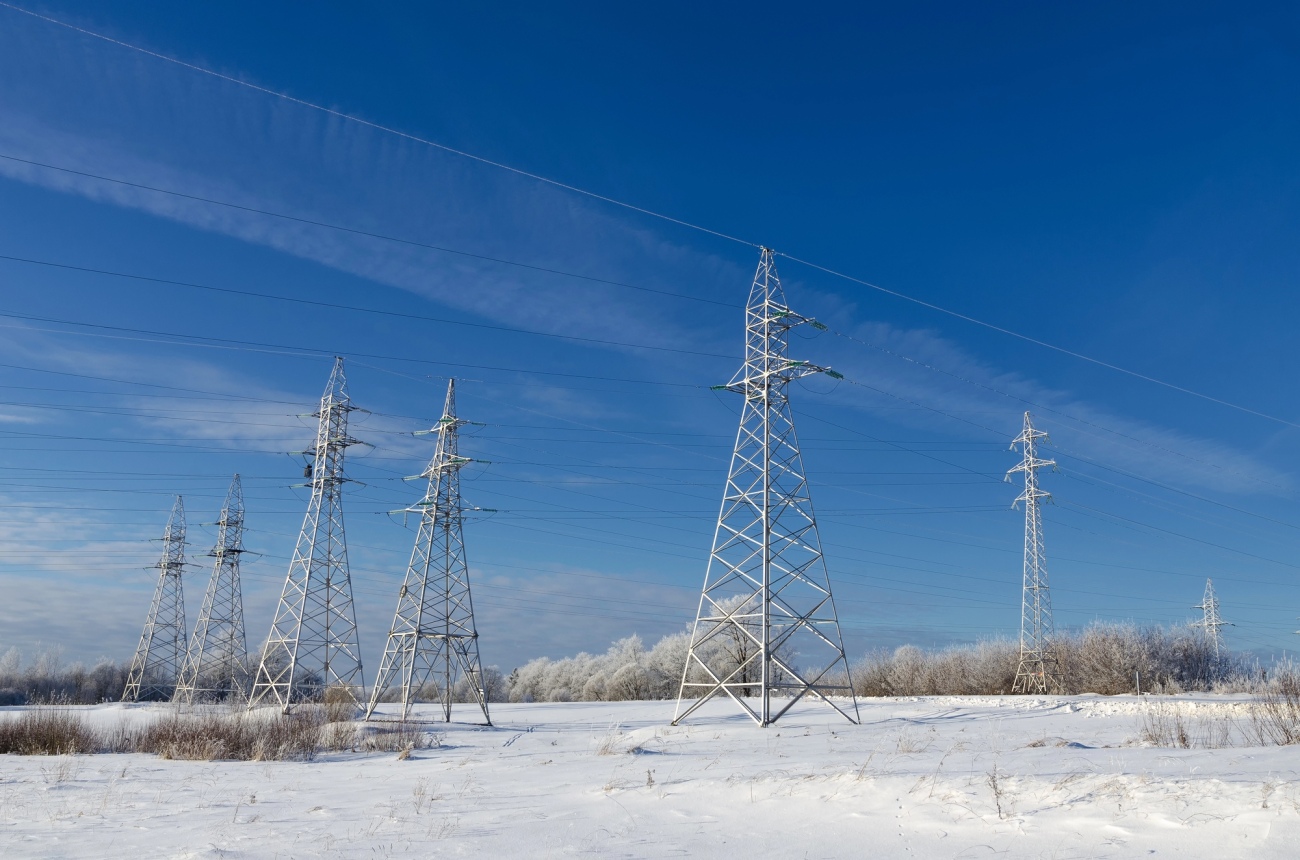
Extreme weather hazards rarely act in isolation, and nowhere is this more evident than in mountainous regions, where simultaneous wind and ice loads can interact nonlinearly to threaten transmission lines.
In the 2023 paper “Joint Wind and Ice Hazard for Transmission Lines in Mountainous Terrain” (McComber et al., 2023), the authors develop a site‑specific methodology for a high‑voltage line crossing the British Columbia mountains.
They first reconstruct local weather conditions using:
- Artificial Neural Networks (ANN) to estimate wind speed from nearby stations,
- Inverse Distance Weighted (IDW) interpolation for temperature, and
- K‑Nearest Neighbors Imputation (KNNI) for precipitation.
These inputs feed established ice‑accretion models (Makkonen & Ahti, 1995; Makkonen, 2000) to generate synthetic 500‑year time series of paired wind speed and ice thickness.
By fitting wind to a Weibull distribution and ice to a Generalized Pareto, they produce joint probability contours and compare them against the CSA‑C22.3 Canadian design standard.
Key findings include:
- The standard’s prescribed load combinations correspond more closely to a 500‑year contour (0.2% annual exceedance) than to its nominal 50‑year return period, indicating that CSA‑C22.3 is overly conservative for compound hazards.
- Mid‑elevation zones, where in‑cloud icing is most prevalent, exhibit the highest joint hazard levels, underscoring the need for terrain‑sensitive design.
- ANN‑based wind estimates showed strong correlation with Weather Research and Forecast (WRF) outputs, although peak gusts were underpredicted, suggesting caution when relying solely on machine‑learning approaches for extreme‐value estimation.
For European mountain ranges such as the Alps, Carpathians, and Scandinavia, these results advocate for:
- Locally calibrated joint‐hazard assessments rather than applying flat code values,
- Revisiting design load combinations in regional standards to reflect true compound‐event probabilities, and
- Incorporating rapid hazard‐contour generation tools to support early‐stage project design in complex terrain.
4. Heatwaves and Thermal Overload: The Silent Threat
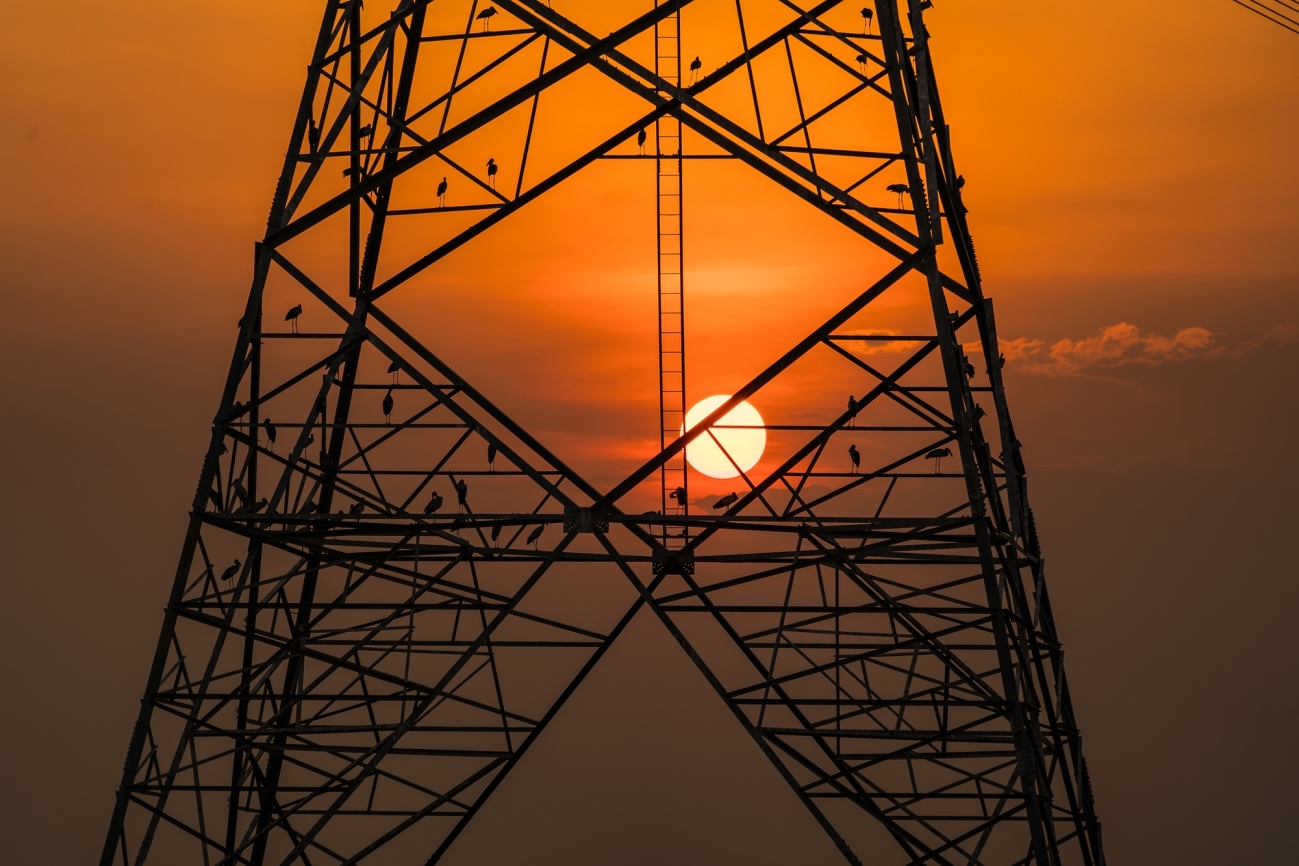
In a 2024 paper titled “A Thermo‑Electro‑Mechanical Model for Long‑Term Reliability of Aging Transmission Lines” (Barros de Moraes et al., 2024), the authors develop a thermo‑electro‑mechanical model for failure of transmission-line conductors.
Their mechanical submodel captures material damage evolution under fatigue‑driven aging; the thermal submodel includes Joule heating from electric current and convective cooling by ambient airflow; and the electrical submodel links load current to heat generation.
They solve the resulting quasi‑static equations via the Finite‑Element Method, then apply Probabilistic Collocation Methods (PCM) for uncertainty quantification, global sensitivity analysis, and probability of failure estimation over four 40‑year scenarios.
Key findings:
- Average electric current and the rate of air‑temperature change are the dominant factors driving conductor damage and sag.
- Higher wind speeds improve cooling but cannot fully prevent thermal runaway in aging conductors.
- A positive feedback loop emerges damage raises resistivity, which increases heating and accelerates aging.
The authors note that integrating real‑time sensor data (wind, temperature, current) into their physics‑based framework, and coupling it with AI‑driven analytics, would greatly enhance predictive maintenance.
With Europe’s heatwaves becoming more intense, these results make thermal resilience, through adaptive conductor design, dynamic monitoring, and data‑driven asset management, a critical priority.
5. Real-Time Capacity Management: Dynamic Line Rating in Germany
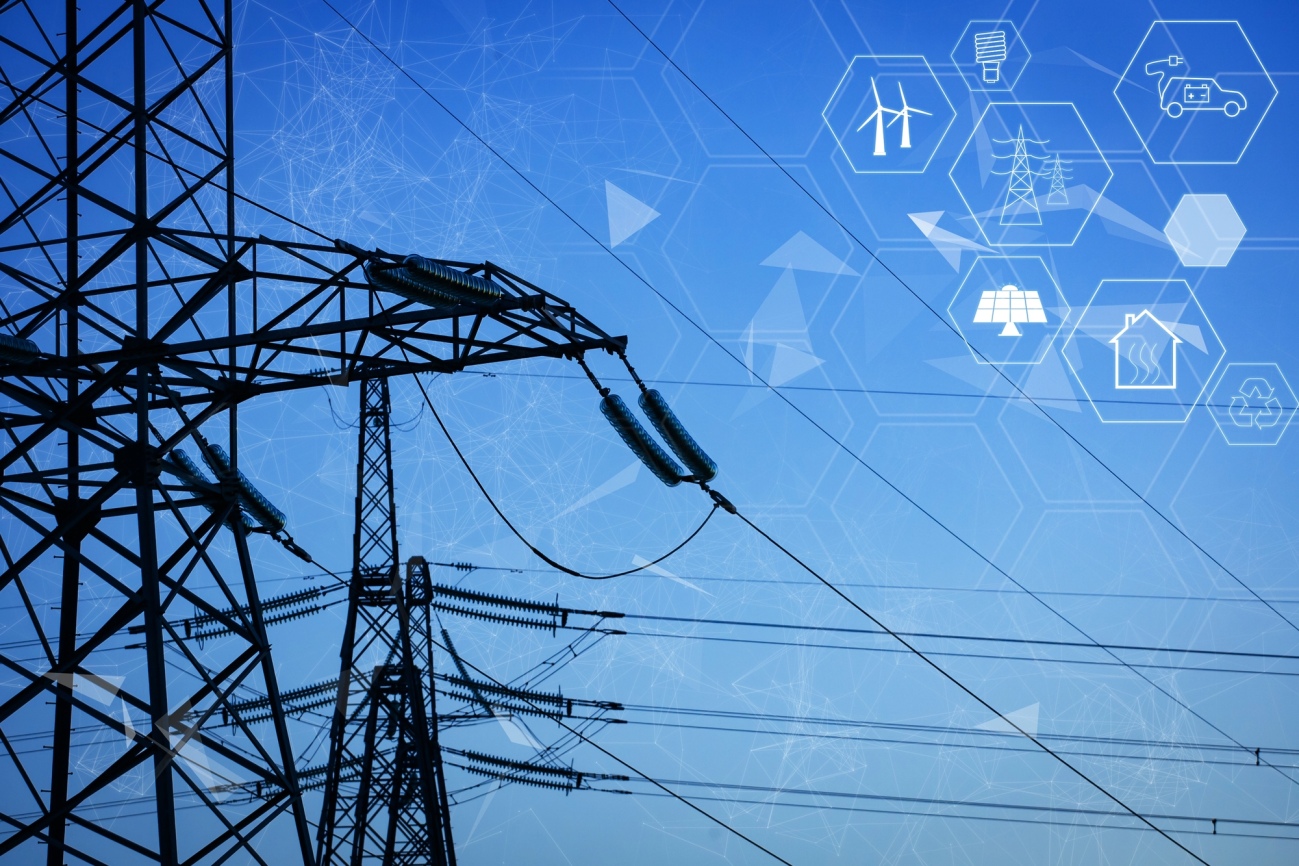
In a 2023 paper titled “Leveraging the Existing German Transmission Grid with Dynamic Line Rating” (Glaum & Hofmann, 2023, Applied Energy), the authors present the first large-scale investment model that embeds Dynamic Line Rating (DLR) into a high-fidelity simulation of Germany’s power system.
They evaluate three scenarios: a 2019 baseline, a 2030 case enforcing 80 % renewables, and a 2030–2035 transition to 100 % renewables.
In the 2019 scenario, DLR yields € 583 million/year in operational cost savings by improving wind integration and reducing fossil‐fuel generation.
Under the 80 % renewables case, DLR plus optimal generation planning delivers € 1.15 billion/year in combined capital and operational savings, chiefly by cutting battery storage requirements by one-third and alleviating congestion.
When the system reaches full decarbonization, DLR shifts capacity investment towards offshore wind (reducing storage needs by 2.2 TWh) and achieves € 3.9 billion/year in net cost reductions, even after accounting for DLR implementation costs of ~€ 80.000/km (30-year lifespan).
These results underscore DLR’s role as a non-invasive, high-impact lever for accelerating Europe’s energy transition, easing grid congestion, and deferring or downsizing expensive transmission expansions.
6. Holistic Adaptation: Extreme Weather Across Energy Systems
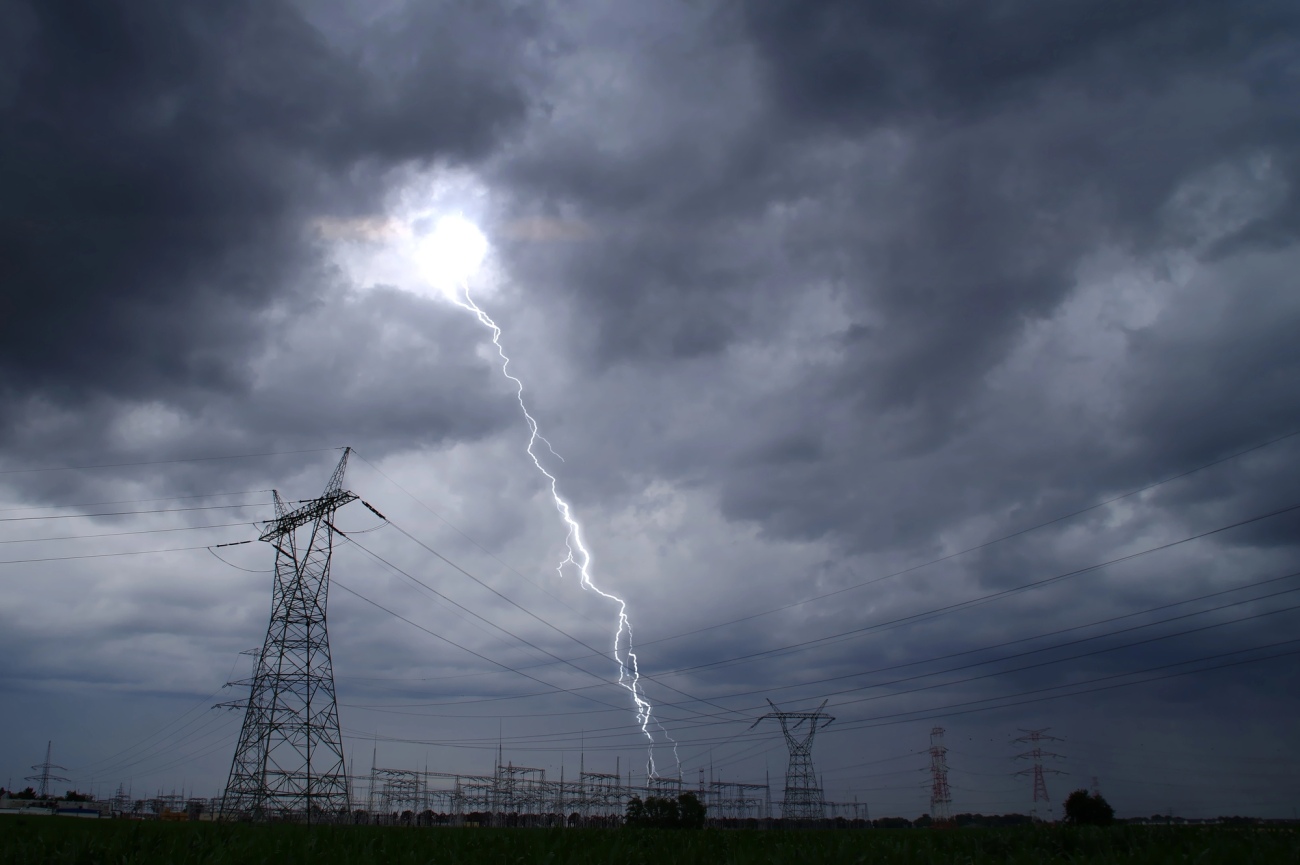
In a 2023 review titled “Extreme Weather Events on Energy Systems: A Comprehensive Review on Impacts, Mitigation, and Adaptation Measures” (Gonçalves et al., 2023, Sustainable Energy Research), the authors synthesize evidence from over 200 studies on how storms, heatwaves, floods, and icing affect generation, transmission, and distribution infrastructures, paying special attention to wind energy systems.
They emphasize that while wind farms can help buffer extreme events by operating effectively at low and high wind speeds, the full resilience benefit requires upgraded engineering standards, stronger component design, and adaptive operations. Key conclusions include:
- Data‐Driven Risk Assessment: High‑resolution climate and weather data are essential for accurate risk modeling and informed investment in resilience measures.
- Standards & Maintenance Upgrades: Existing design codes and maintenance protocols must be revised to accommodate increased extreme weather event severity.
- Strategic Infrastructure Investments: Measures such as substation flood protection, underground cabling, and fortified wind turbines are critical.
- Smart Grid Integration: Microgrids with distributed energy resources and advanced energy storage, supported by real‑time monitoring and AI‑based forecasting, bolster system flexibility.
- Cost‑Benefit Prioritization: Resilience strategies should be selected based on rigorous economic analysis to maximize return on investment.
Gonçalves et al. argue that, despite abundant research and proposed solutions, the implementation gap remains large, calling for intensified interdisciplinary efforts to translate these insights into practice.
Their holistic framework underscores that combined physical upgrades, digital intelligence, and policy alignment are the cornerstones of a truly resilient European energy system.
7. System Operator Strategies: Global Lessons from an International Review
In a 2024 review titled “Management of Extreme Weather Impacts on Electricity Grids: An International Review” (Hawker, Bell, Bialek & MacIver, 2024, Progress in Energy), the authors survey how System Operators (SOs) worldwide prepare, respond, and adapt to disruptive extreme weather, high winds, storms, flooding, temperature extremes, and integrate these lessons into both real‐time operations and long‐term planning.
Key conclusions include:
- Preventive Operations: SOs employ impact‑based event selection (focusing on outage data), advanced meteorological collaboration, and real‐time grid monitoring to anticipate disturbances and dispatch reserves.
- Resilience Investment: Regulatory frameworks should mandate quantified climate‐risk assessments to guide network investments, ensuring assets are strengthened against likely future hazards.
- Shared Learning: Cross‐regional knowledge exchange, leveraging case studies of past events, enables SOs to refine emergency protocols, reducing both outage duration and customer impact.
- Statutory Responsibilities: Utilities’ mandates must explicitly include rigorous evaluation of weather‐related risks, proactive asset hardening, and collaboration with supporting agencies (e.g., emergency services) to safeguard consumer supply.
Hawker et al. emphasize that while many individual measures exist, holistic integration of operational foresight, targeted investments, and inter‑agency coordination offers the most robust path to grid resilience under a changing climate.
Conclusion

As extreme weather becomes the new norm, Europe’s transmission grids must evolve beyond conventional design.
Recent research emphasizes that true resilience hinges on localized risk assessments, climate-adaptive engineering standards, and a shift toward proactive system-level strategies, from site-specific modeling to long-term reliability analysis. Ice, wind, and heat are no longer rare edge cases but recurring design drivers.
At SynEnergy Advisors, we support clients by incorporating terrain-informed layout planning and drone-assisted topographical surveys into the core of high-voltage line design.
Drawing on the latest scientific insights, we help ensure that each project is not only structurally sound but also resilient to the evolving challenges posed by extreme weather conditions.
Building the grid of the future starts with resilient design, let’s engineer it, together.
